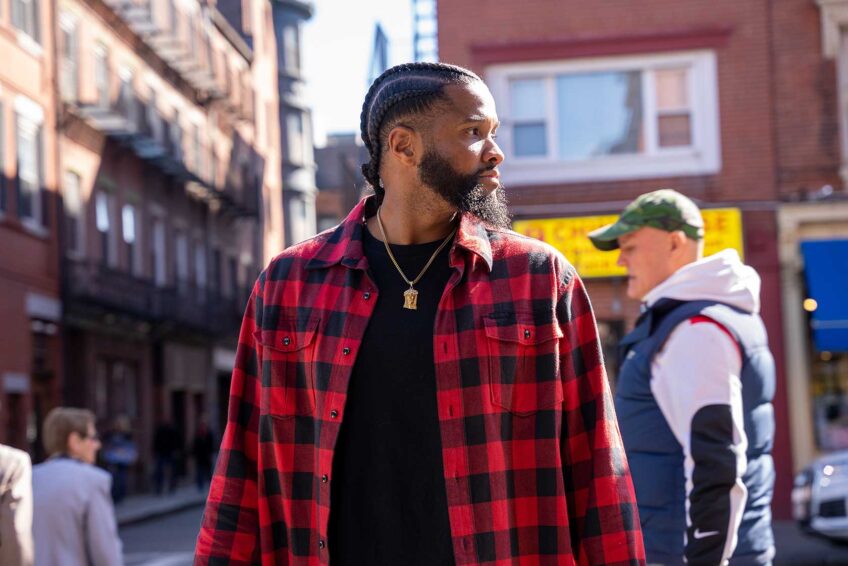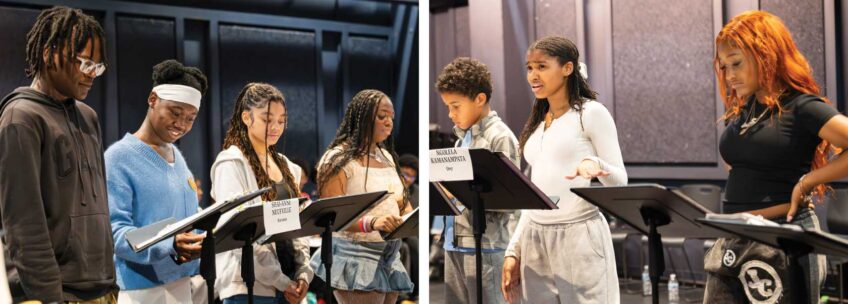For the rest of the weekend, other city leaders asked Brown to play peacemaker. He visited Rochester, N.Y., and with less success, Washington, D.C., where 12,000 troops from the National Guard were stationed. In D.C., 12 citizens died during the unrest, 1,097 were injured, and more than 6,100 were arrested. Some 1,200 buildings had been burned, including over 900 stores. To be fair, much of the damage occurred while Brown was in Boston.
Though no one could fulfill MLK’s symbolic role as “drum major for justice,” Brown wielded influence through a successful merger of music and message. His many appearances on televised teen dance shows, the all-important “Ed Sullivan Show” and even a cameo role in the surf-movie knockoff “Ski Party” helped build his popularity with hip white youth in the 1960s.
Sullivan’s important work has a few historical miscues. A section about Brown’s late 1960s conversion to a natural hairstyle reads, “… The Panthers wore naturals. The Nation wore naturals … ” The latter group did not sport Afros — it was more close-cut styles — though its men did not straighten their hair, and its women generally covered their heads.
Sullivan also cites 1967 as the year the Boston Celtics named Bill Russell the NBA’s first black coach; it was actually 1966. And the influential Washington radio station WOL did not adopt the slogan “Information is Power” until Dick Gregory became a host two decades later.
These minor quibbles aside, Sullivan excels at tracing Brown’s influences, from flamboyant minister Charles “Daddy” Grace to dynamic musicians such as Louis Jordan and Tampa Red. While Sam Cooke and Lou Rawls emulated gospel vocalists, Brown adopted the crowd-pleasing gimmicks of the preachers, especially with his cape act. Brown and his band developed the signature sound now known as funk. Sullivan credits Brown’s bandsmen with creating many nuances in the funk sound.
By the 1980s, though, Brown’s singles faded from the top of the charts, his legacy grew due to early hip-hop artists such as Afrika Bambaataa, Marley Marl and Public Enemy paying tribute to his “Funky Drummer” in lyrics and samples. Homages from the likes of George Clinton, Michael Jackson and Prince, and cameo film roles in “The Blues Brothers” and “Rocky IV,” in which he sang “Living in America,” kept the one-man force of nature in the public eye.
Two years ago, the world woke up on Christmas morning to learn that the force had died. It is perhaps the greatest tribute that the matchless soul lives on.
Bijan C. Bayne is a cultural critic based in Washington, D.C.






